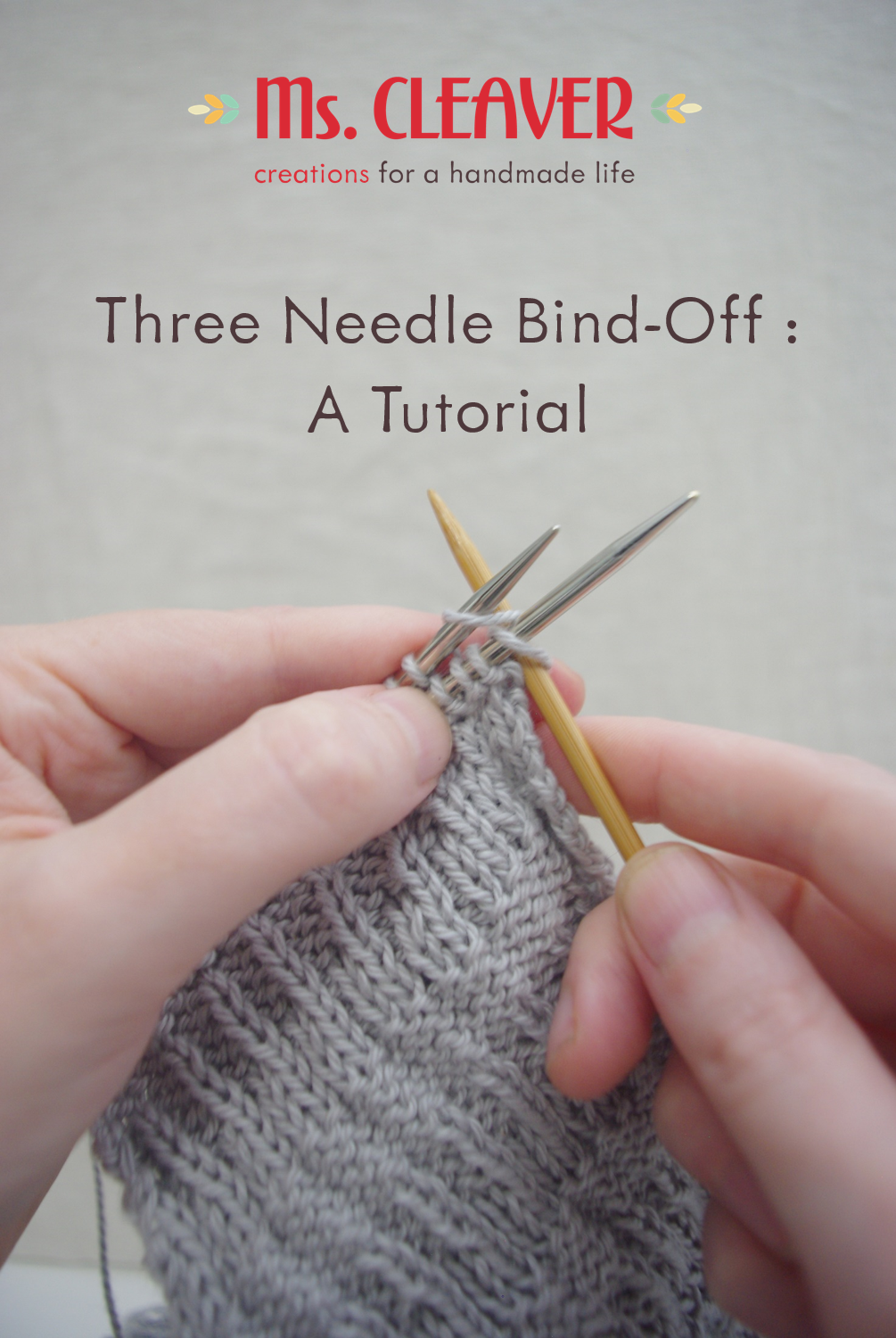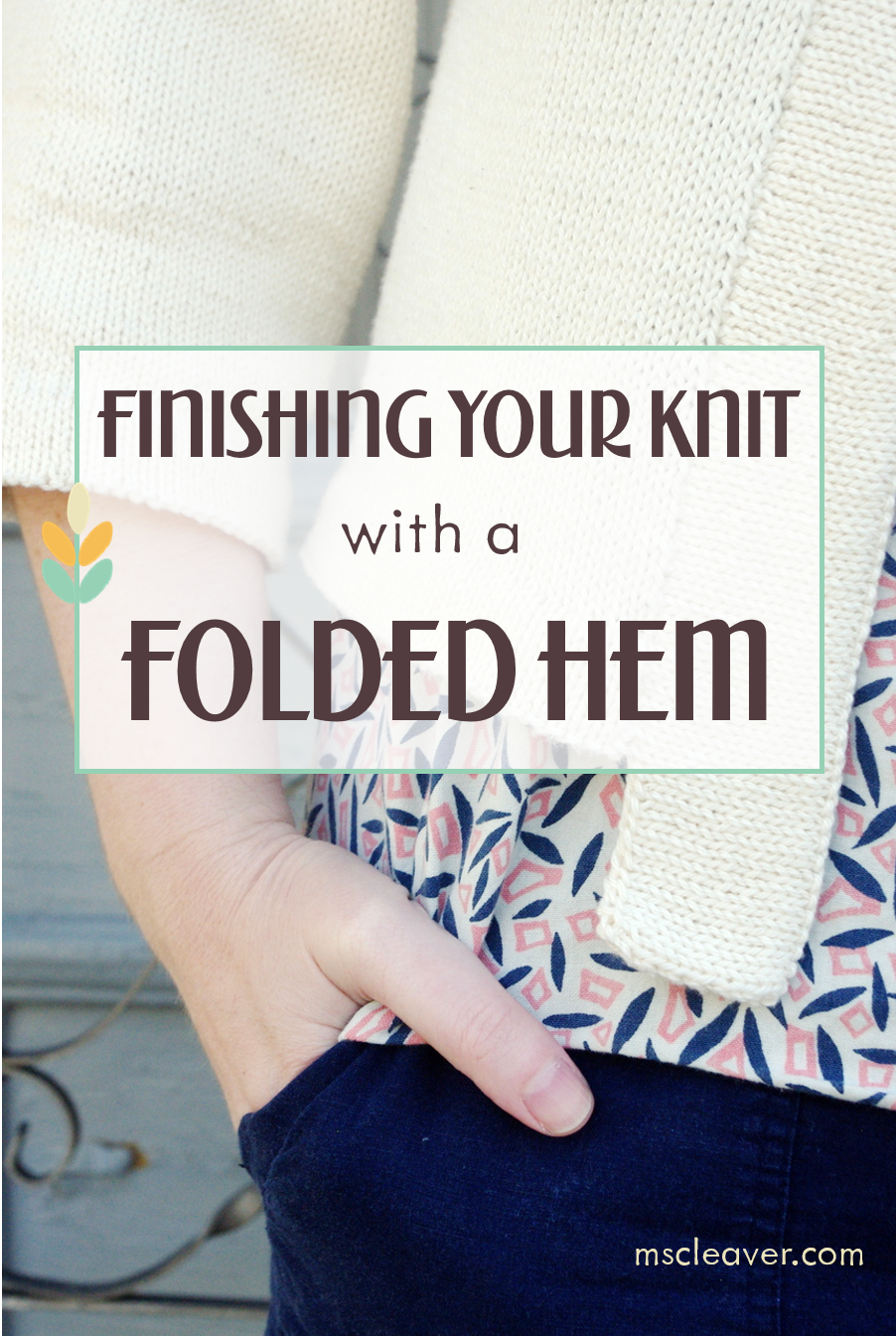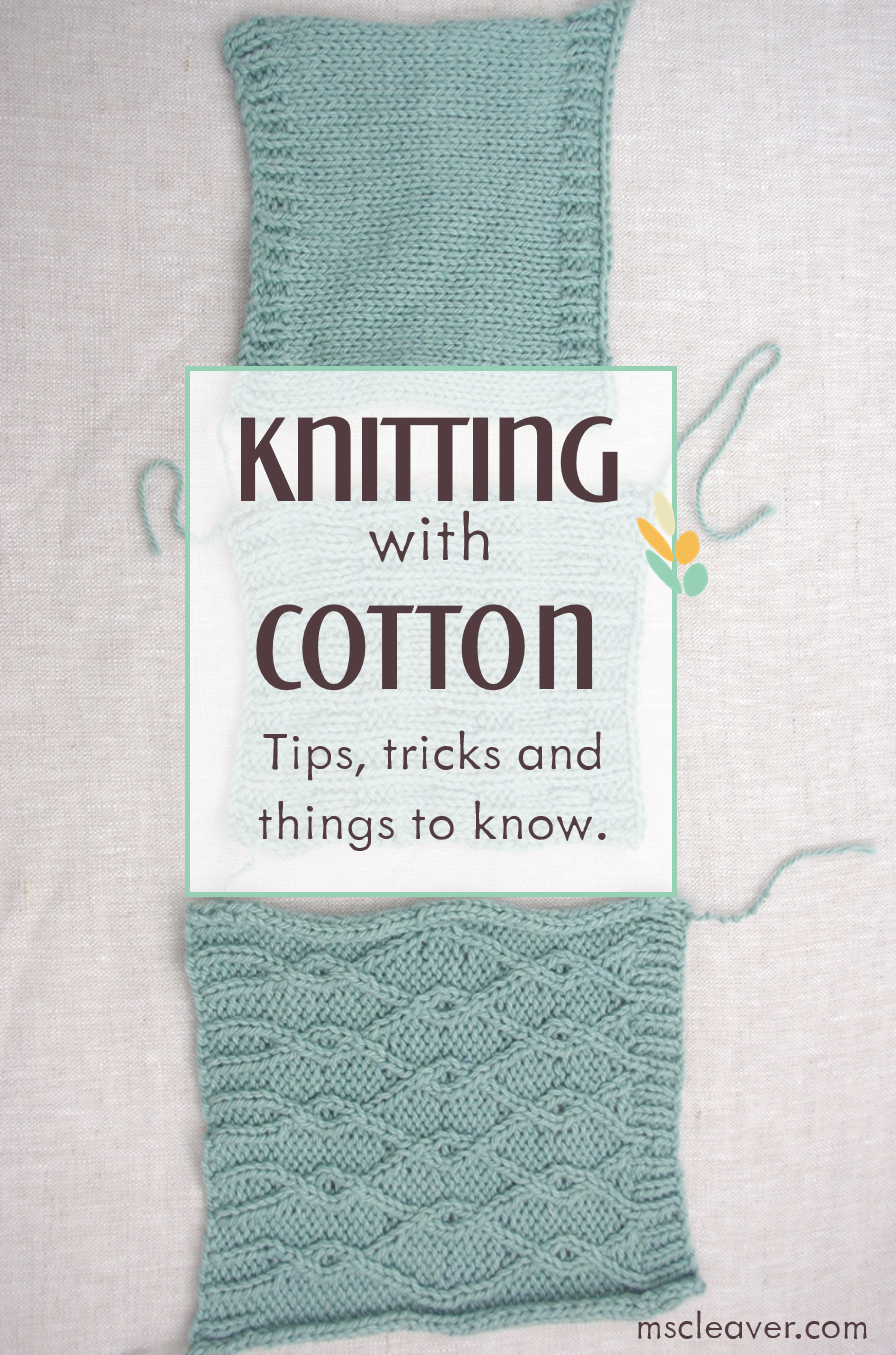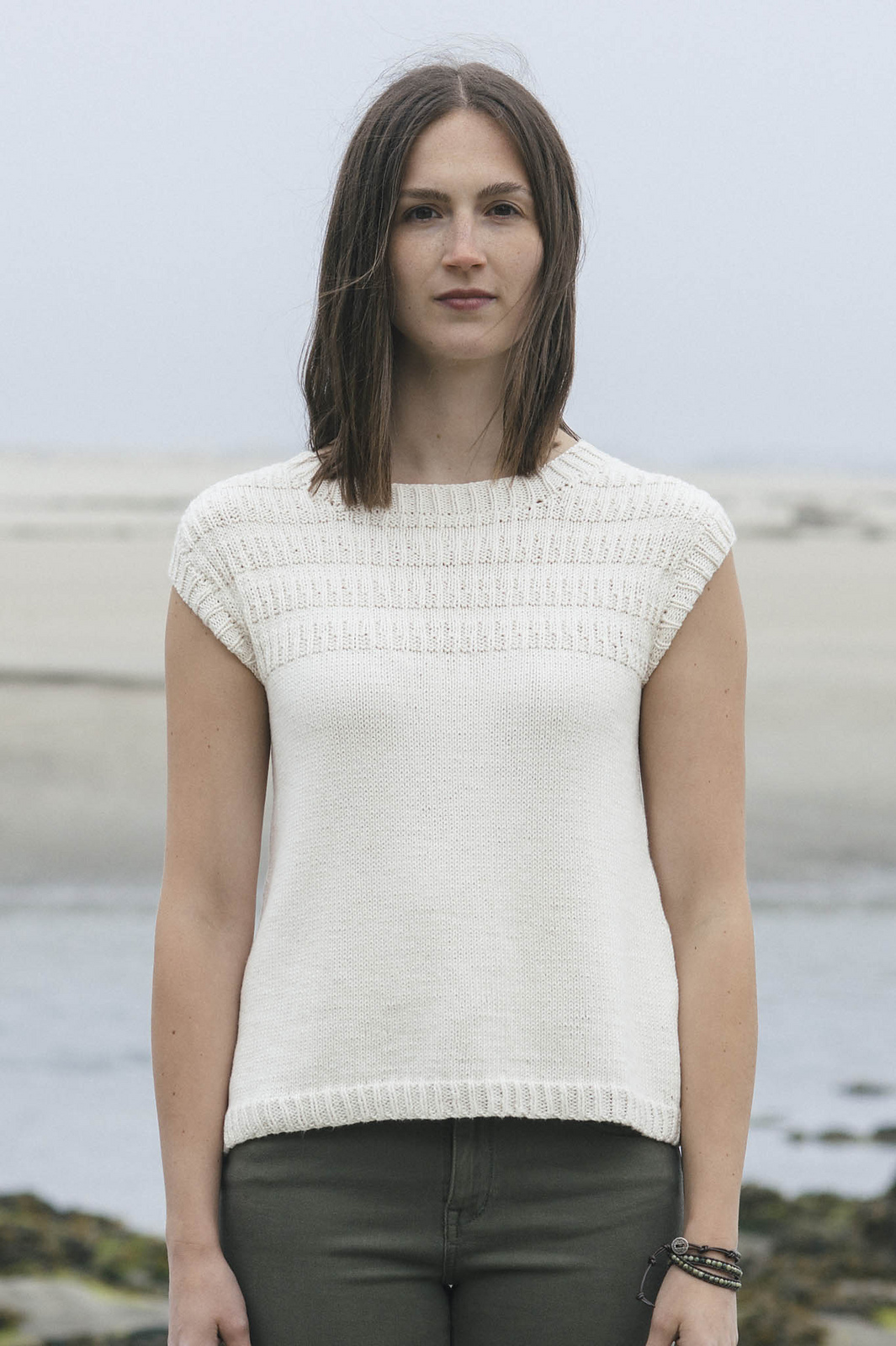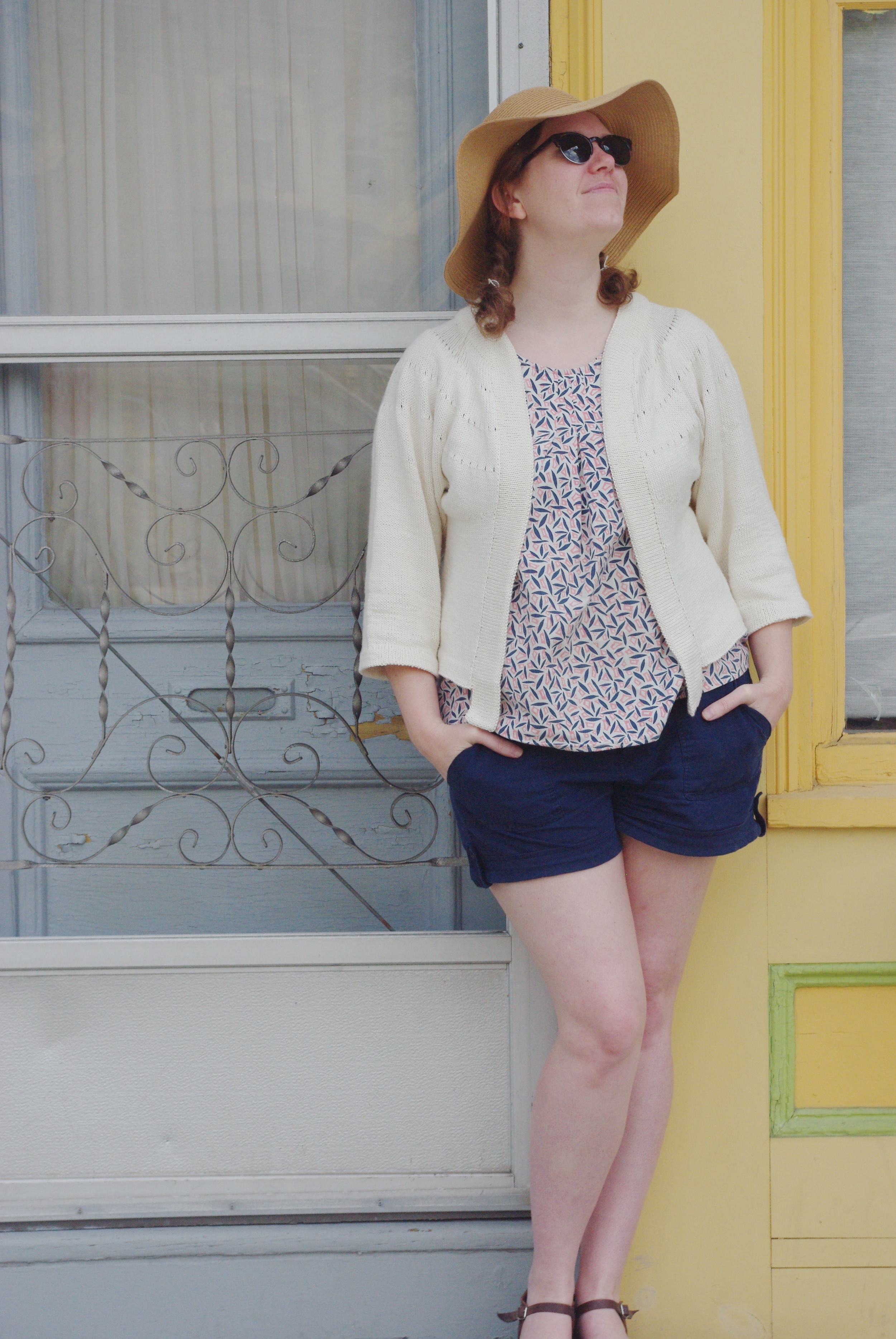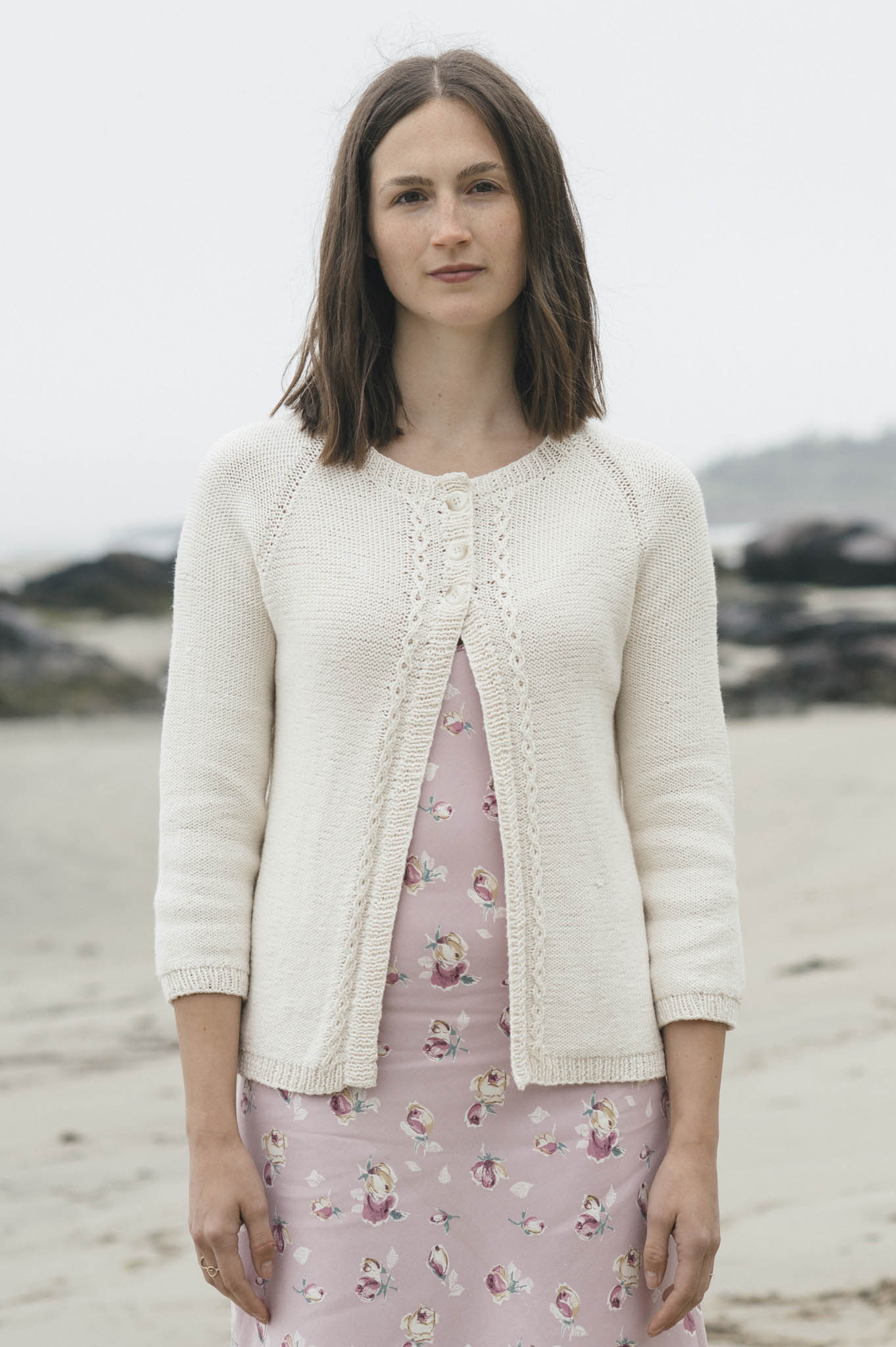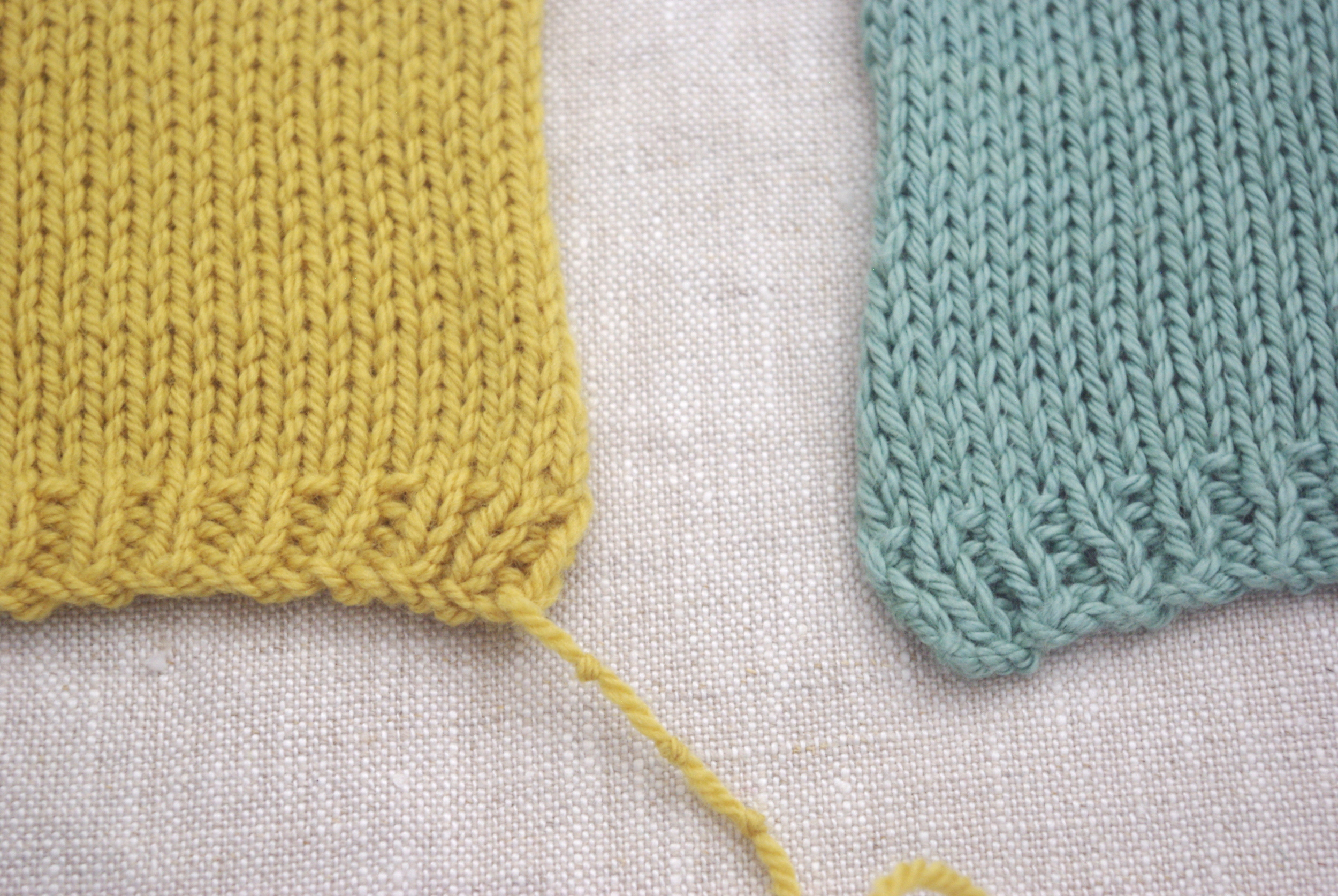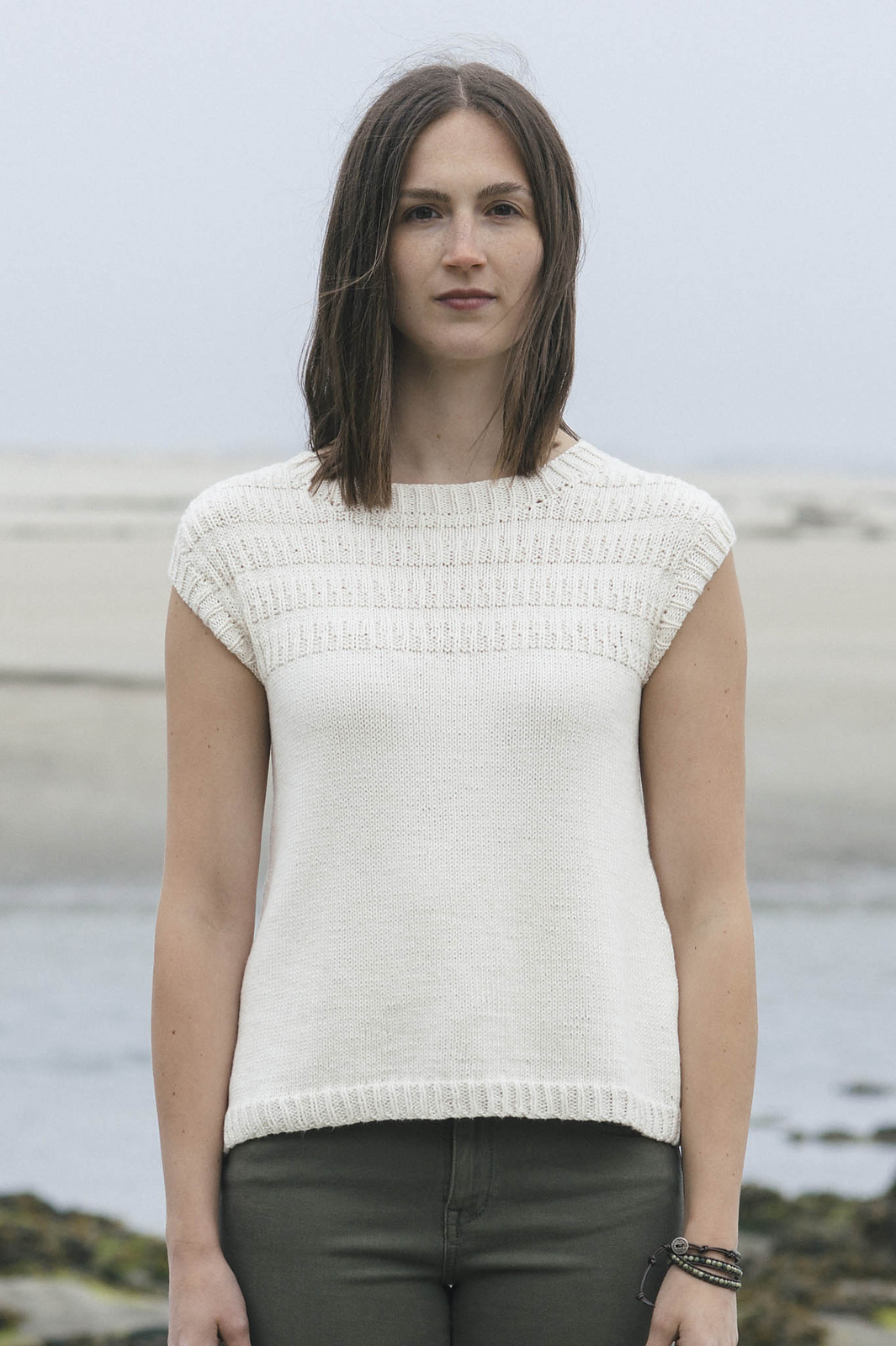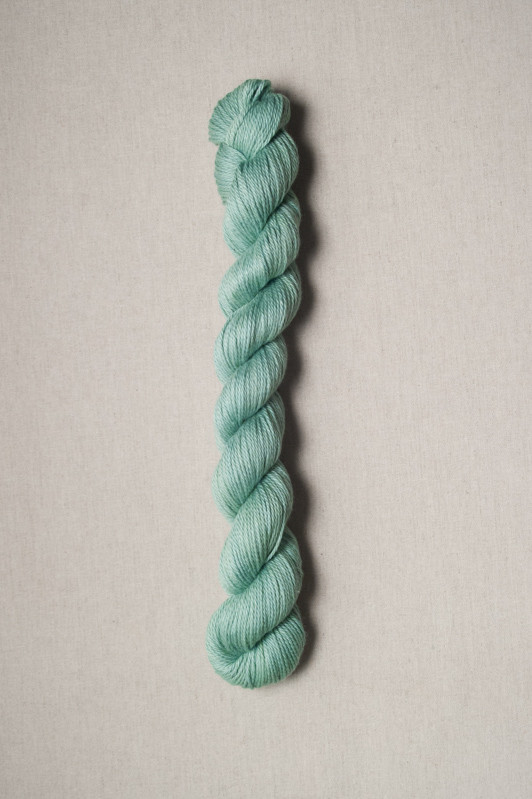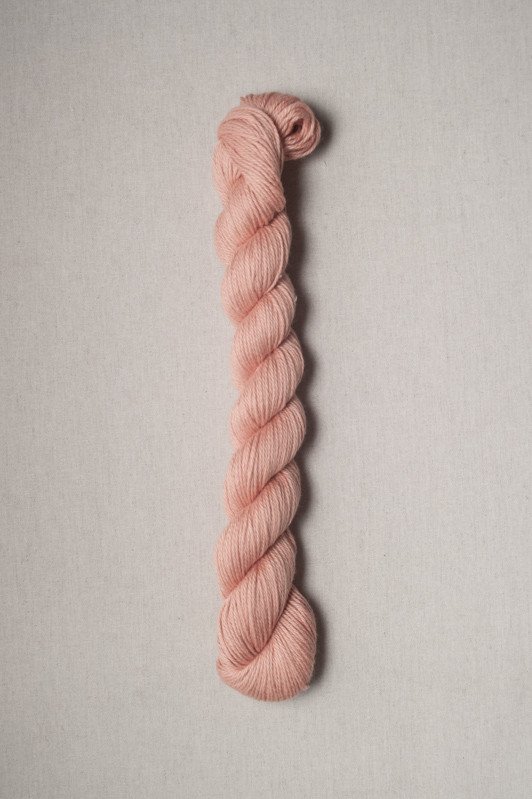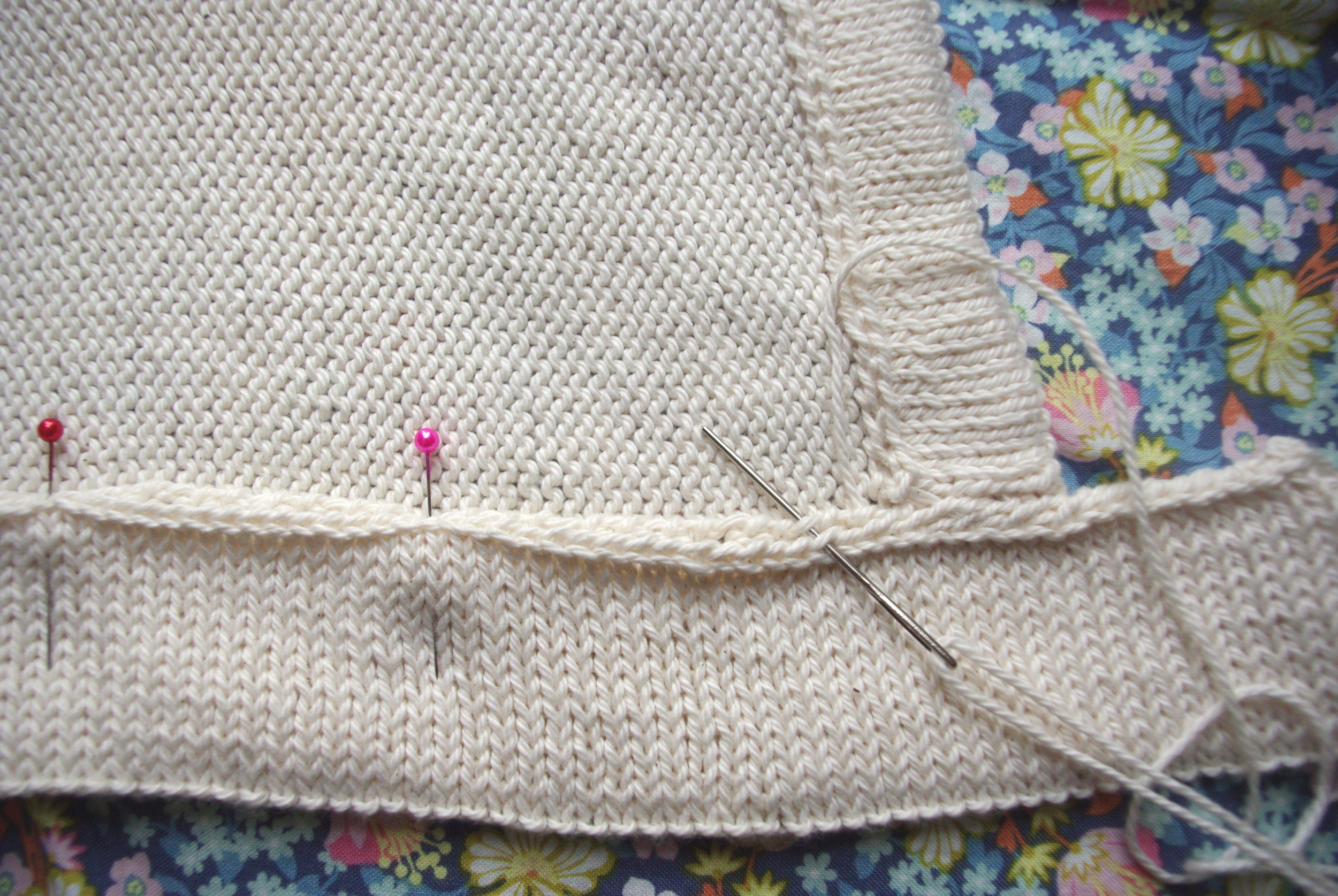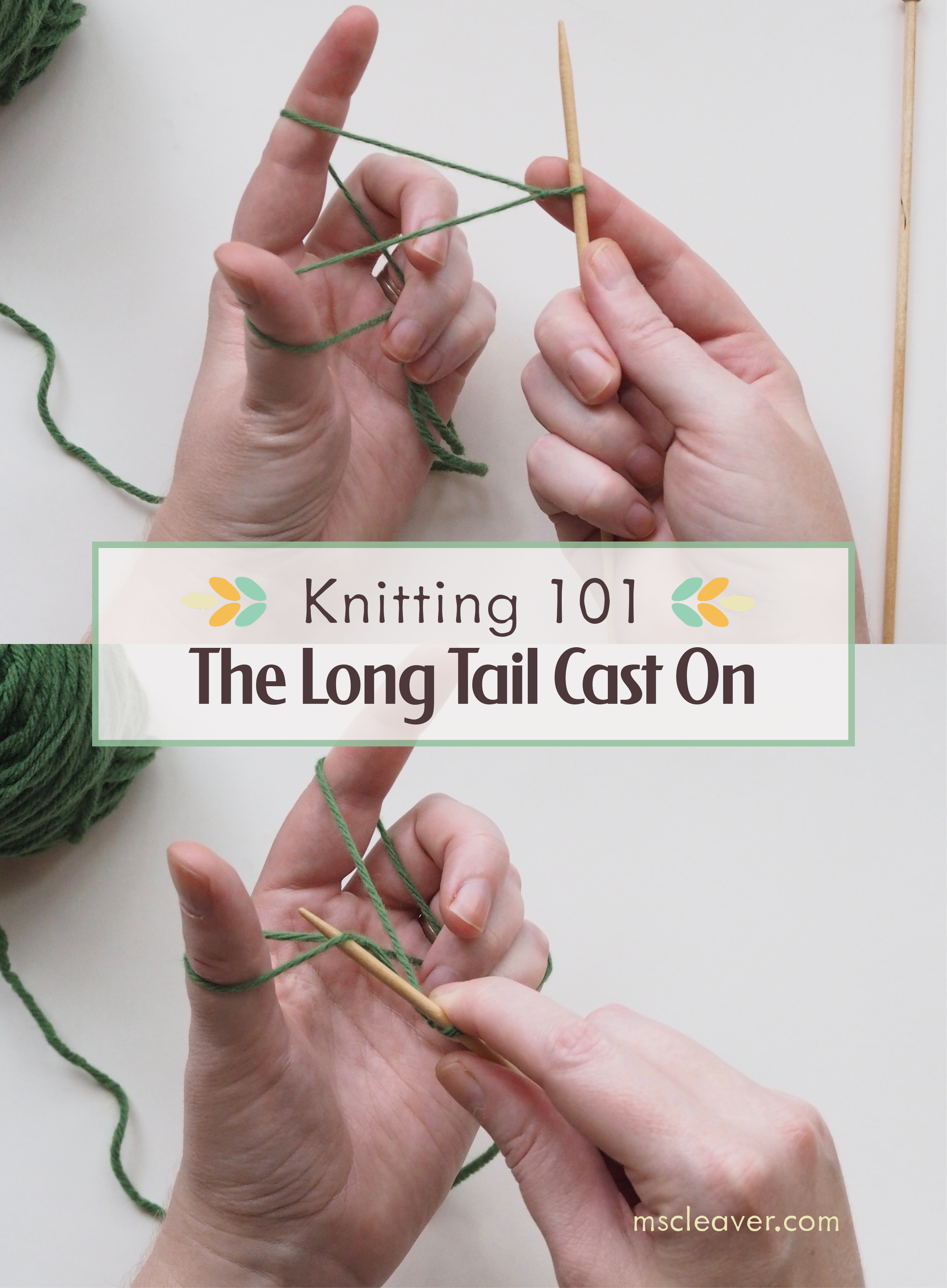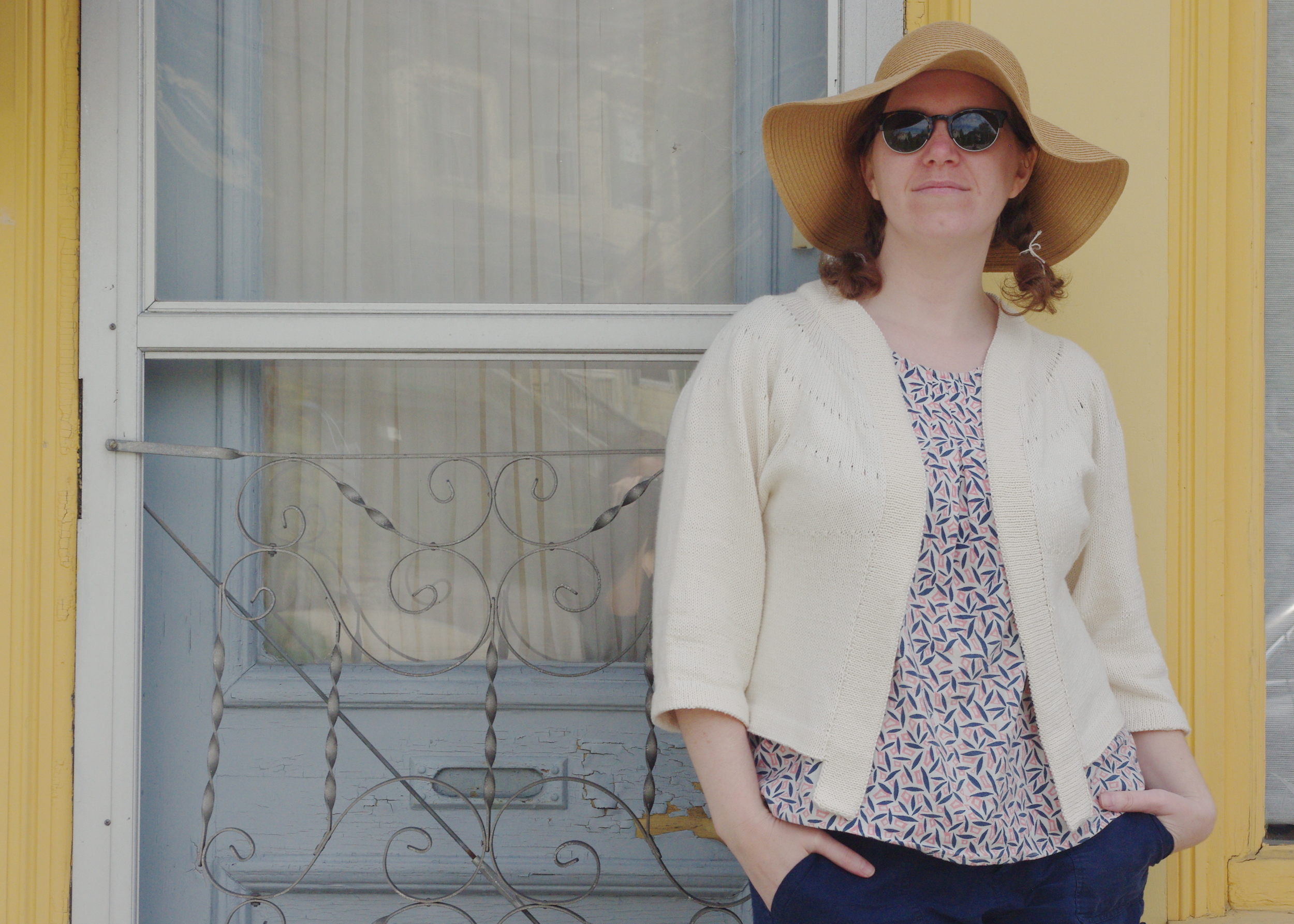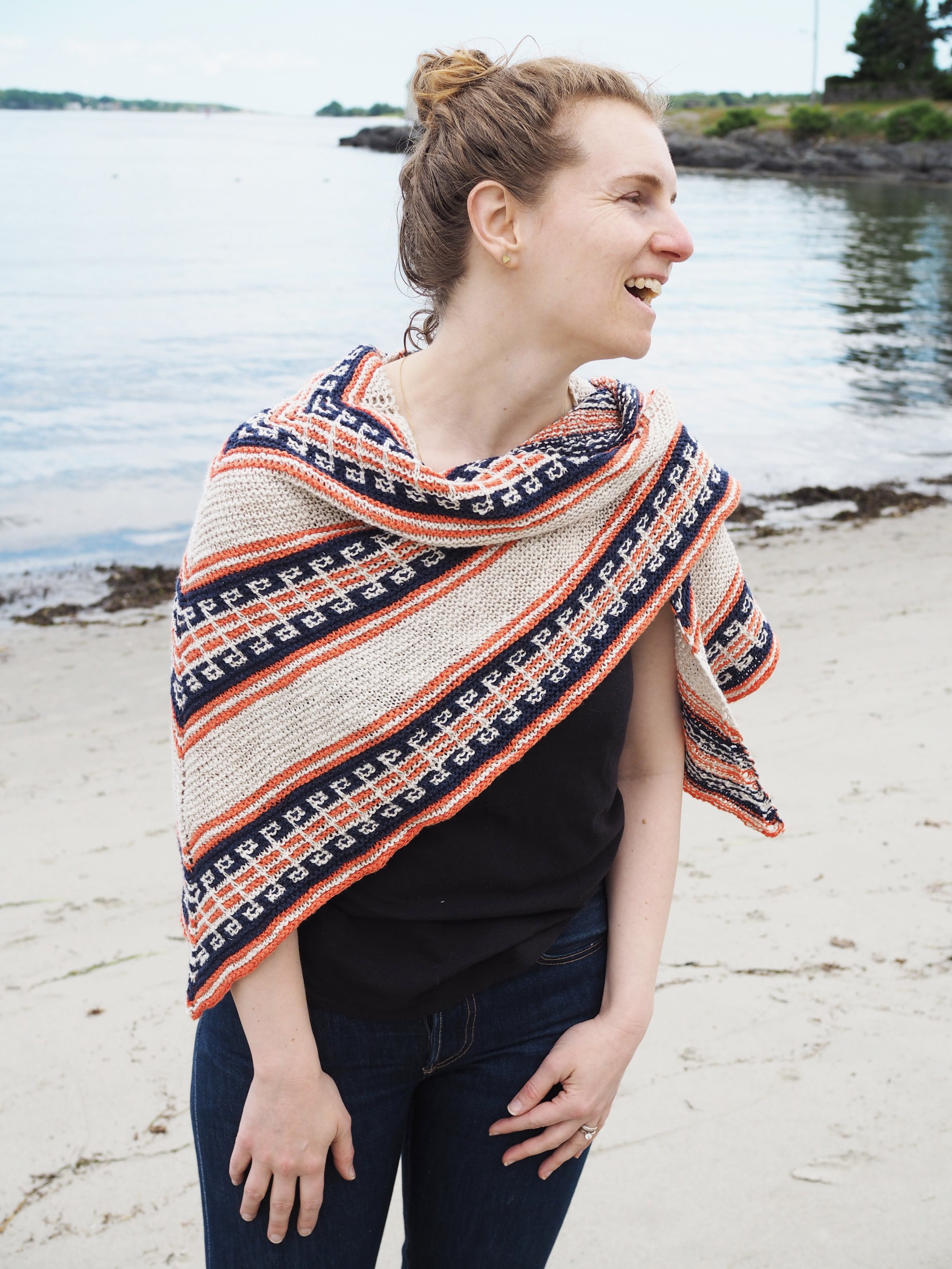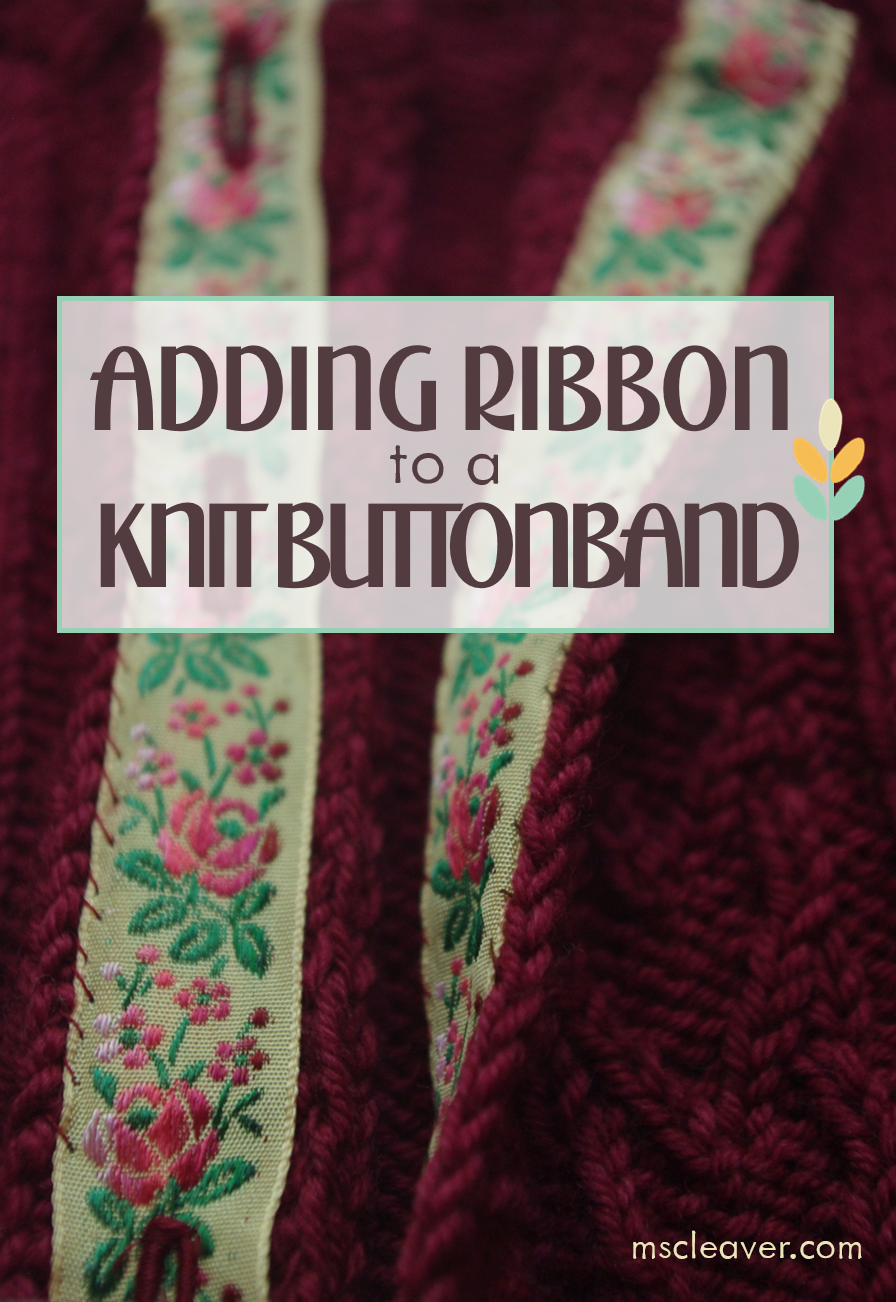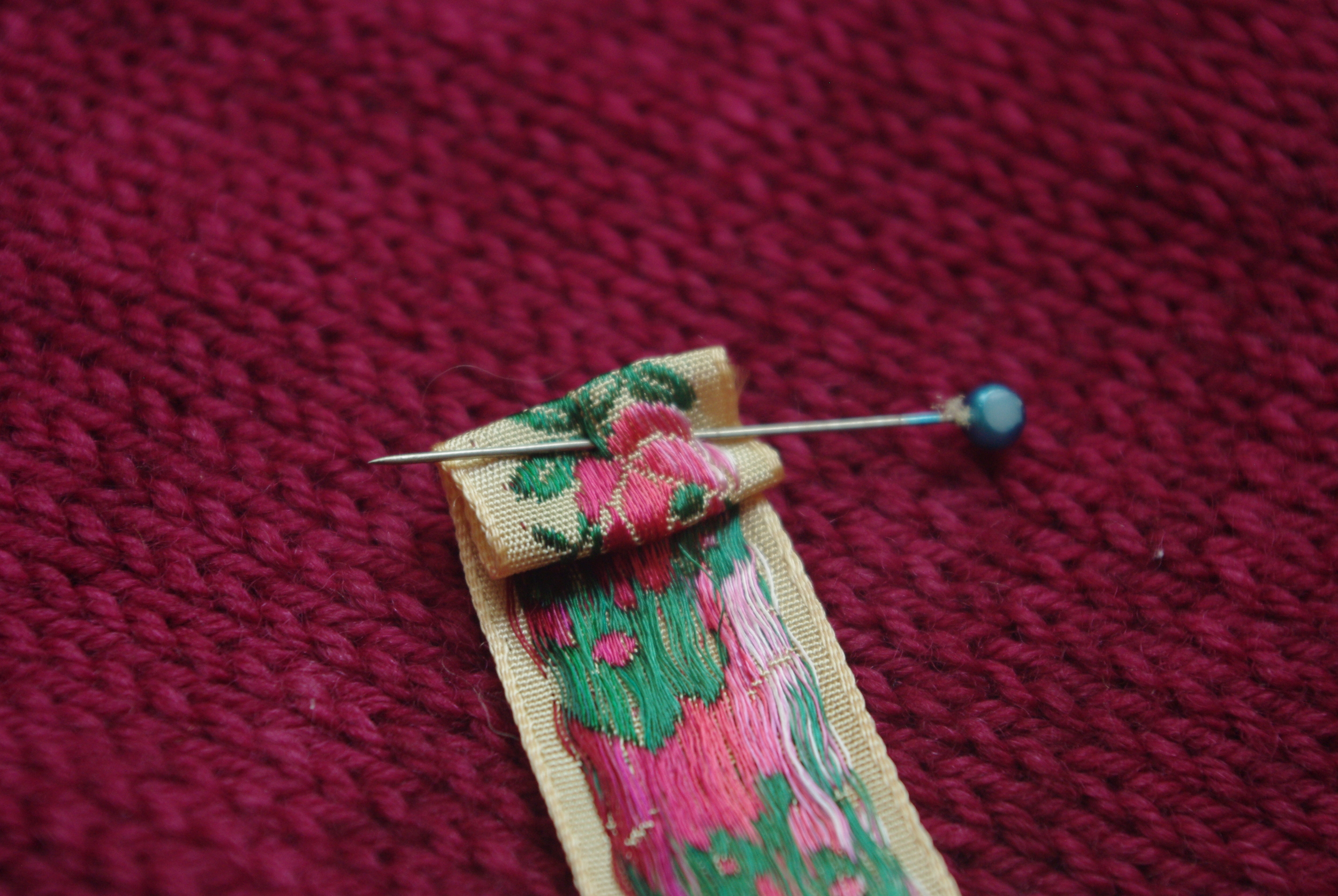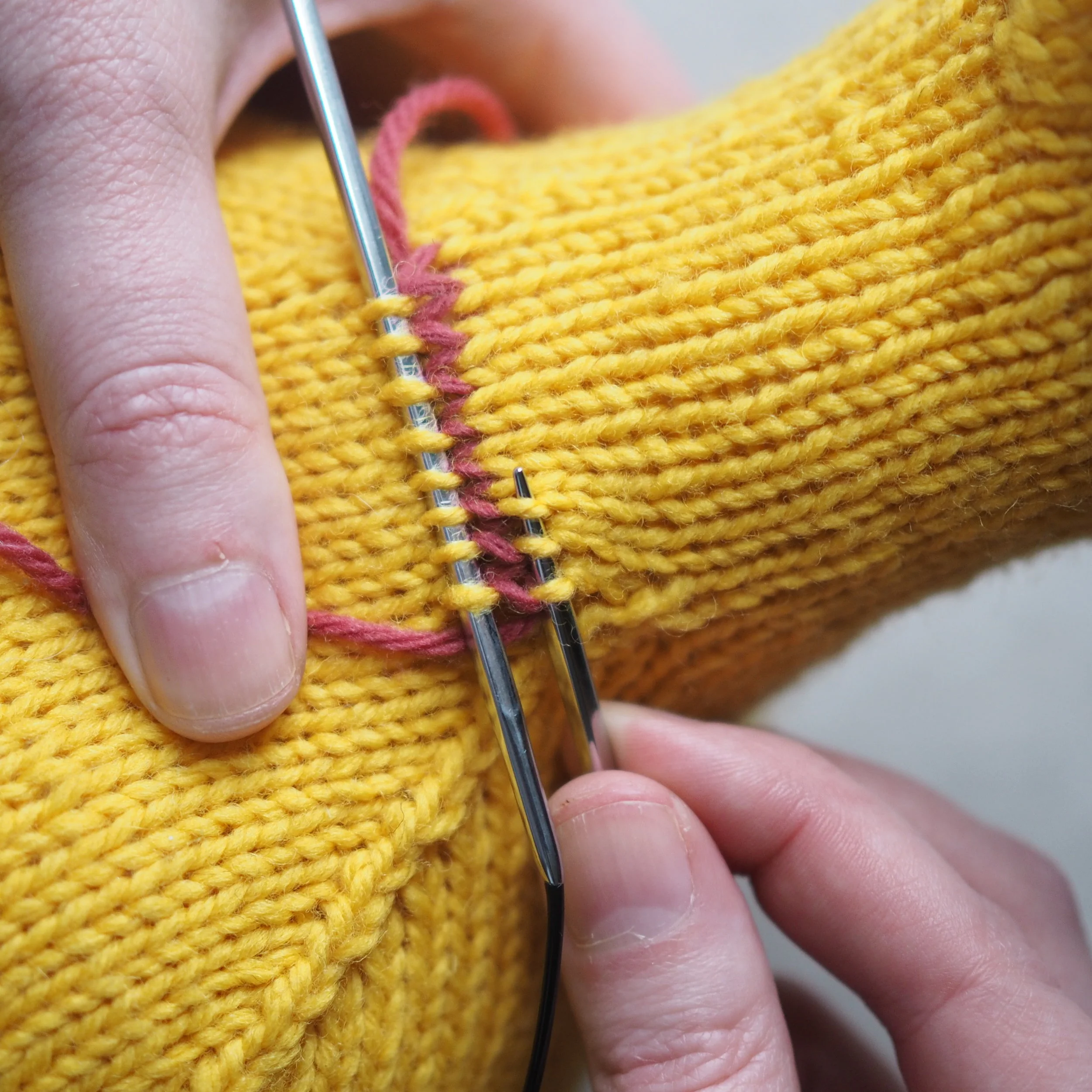Design Ease
If wearing ease is about how you move, design ease is about how you look. Fashion goes back on forth a lot on what silhouette is in. In the 1940's, like the photo about, the snug "sweater girl" look was the thing, and they used zero or negative design ease to achieve it. Nowadays, we sport a much more relaxed look, and to create it you need to add design ease on top of the wearing ease.
I recommend about 8" of ease for the Cormac sweater. Clearly you don't need 8 extra inches of fabric around your bust to move, so this is largely design ease. If you want your sweater to look similar to the one in the mag, you're going to need to choose a size somewhere 6-10 inches larger than your bust measurement. The smaller your bust, the less ease you'd need proportionally than larger bust, i.e. a 32" bust would be fine closer to 6" extra, while a 42" bust would want closer to 9 or 10"
For a good look at how ease can change the final look, check out the 200+ examples of the Toulouse pullover. In the magazine it was styled with a great deal of positive ease, which result in a slouchy/boho look, but many knitters have chosen to knit it much closer to their actual measurements with very little positive ease, like the example from Orlaflo on the right. Both options are equally "right," depending on what you want the final look to be.
One note of caution: if a pattern indicates a "to be worn with xx inches of ease" it usually means that the underlying body measurements used to design the piece are that many inches smaller. For example, if I design a 40" sweater to be worn with 4" of positive ease, it means that when I do my baseline calculations for that sweater I'm starting with the standard measurements that go with a 36" bust, so if you chose to do less ease or more ease than suggested it may not fit as well in the shoulders or arms.
In Conclusion
With these two types of ease in mind, and good pattern information, you can confidently choose a size that will get you the finished fit you desire!
Cormac and Toulouse Photos courtesy of Knitscene/Harper Point

